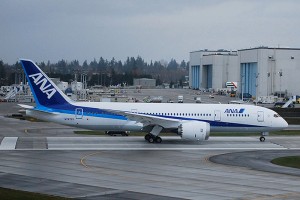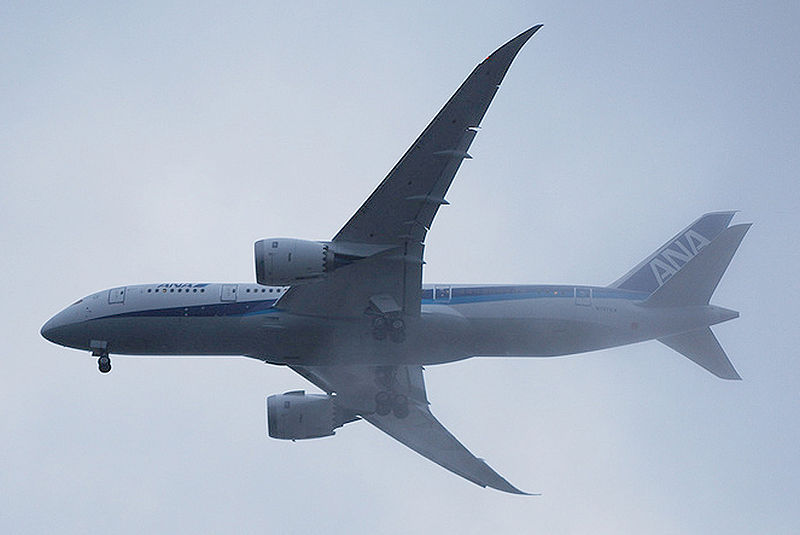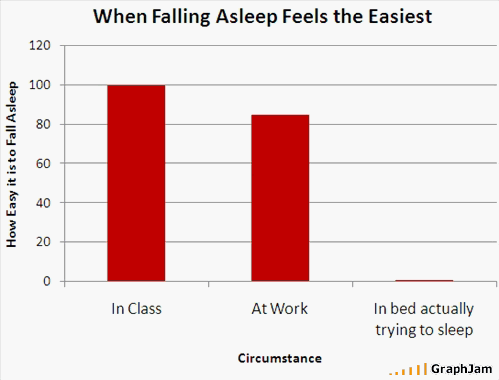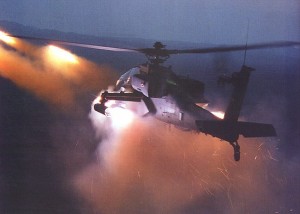I am apolitical because I believe that those who hold elective office and those they appoint have systematically run this great nation into the ground in every way possible regardless of whether they are Democrat, Republican, independent, liberal, conservative, or anywhere in between.
In various posts on this blog I have expressed these views in relation to specific topics with no expectation that anyone will read them or care one way or the other if they do. In the final analysis, that’s not the point. But in the age of the Internet, at the very least it provides the opportunity to achieve some small degree of visibility and a very large amount of permanence.
Charlie Reese is retiring after 49 years as a journalist. I’d never heard of him until yesterday when I received from a friend a forwarded copy of his final column for the Orlando Sentinel. After reading it, there’s no way I’m going to shove it into the e-trash. If only one person sees it on this blog who might not otherwise have, I’ve succeeded.
The article is politically neutral, the points clearly stated, and they leave no room for ambiguity as to who must assume responsibility for the judgments made that impact each one of us every day. It’s a short but good read, well worth the time and even more worth remembering.
I am re-publishing the column here verbatim with one exception. The original included a poem with a “funny but true” quality that, with all due respect to Mr. Reese, in my opinion demeans the core message. There is absolutely nothing humorous about the decline of America and the reasons for it. Note also that the conclusion of the forwarded email includes what might be comments from the originator rather than Mr. Reese. I didn’t delete them because they fit no matter who wrote them.
545 vs. 300,000,000 People – By Charlie Reese
Politicians are the only people in the world who create problems and then campaign against them.
Have you ever wondered, if both the Democrats and the Republicans are against deficits, WHY do we have deficits?
Have you ever wondered, if all the politicians are against inflation and high taxes, WHY do we have inflation and high taxes?
You and I don’t propose a federal budget. The President does.
You and I don’t have the Constitutional authority to vote on appropriations. The House of Representatives does.
You and I don’t write the tax code, Congress does.
You and I don’t set fiscal policy, Congress does.
You and I don’t control monetary policy, the Federal Reserve Bank does.
One hundred senators, 435 congressmen, one President, and nine Supreme Court justices equates to 545 human beings out of the 300 million are directly, legally, morally, and individually responsible for the domestic problems that plague this country.
I excluded the members of the Federal Reserve Board because that problem was created by the Congress. In 1913, Congress delegated its Constitutional duty to provide a sound currency to a federally chartered, but private, central bank.
I excluded all the special interests and lobbyists for a sound reason. They have no legal authority. They have no ability to coerce a senator, a congressman, or a President to do one cotton-picking thing. I don’t care if they offer a politician $1 million dollars in cash. The politician has the power to accept or reject it. No matter what the lobbyist promises, it is the legislator’s responsibility to determine how he votes.
Those 545 human beings spend much of their energy convincing you that what they did is not their fault. They cooperate in this common con regardless of party.
What separates a politician from a normal human being is an excessive amount of gall. No normal human being would have the gall of a Speaker, who stood up and criticized the President for creating deficits. The President can only propose a budget. He cannot force the Congress to accept it.
The Constitution, which is the supreme law of the land, gives sole responsibility to the House of Representatives for originating and approving appropriations and taxes. Who is the speaker of the House? John Boehner. He is the leader of the majority party. He and fellow House members, not the President, can approve any budget they want. If the President vetoes it, they can pass it over his veto if they agree to.
It seems inconceivable to me that a nation of 300 million cannot replace 545 people who stand convicted — by present facts — of incompetence and irresponsibility. I can’t think of a single domestic problem that is not traceable directly to those 545 people. When you fully grasp the plain truth that 545 people exercise the power of the federal government, then it must follow that what exists is what they want to exist.
If the tax code is unfair, it’s because they want it unfair.
If the budget is in the red, it’s because they want it in the red.
If the Army & Marines are in Iraq and Afghanistan it’s because they want them in Iraq and Afghanistan.
If they do not receive social security but are on an elite retirement plan not available to the people, it’s because they want it that way.
There are no insoluble government problems.
Do not let these 545 people shift the blame to bureaucrats, whom they hire and whose jobs they can abolish; to lobbyists, whose gifts and advice they can reject; to regulators, to whom they give the power to regulate and from whom they can take this power. Above all, do not let them con you into the belief that there exists disembodied mystical forces like “the economy,” “inflation,” or “politics” that prevent them from doing what they take an oath to do.
Those 545 people, and they alone, are responsible.
They, and they alone, have the power.
They, and they alone, should be held accountable by the people who are their bosses.
Provided the voters have the gumption to manage their own employees.
We should vote all of them out of office and clean up their mess!
[I deleted the poem here]
Accounts Receivable Tax
Building Permit Tax
CDL license Tax
Cigarette Tax
Corporate Income Tax
Dog License Tax
Excise Taxes
Federal Income Tax
Federal Unemployment Tax (FUTA)
Fishing License Tax
Food License Tax
Fuel Permit Tax
Gasoline Tax (currently 44.75 cents per gallon)
Gross Receipts Tax
Hunting License Tax
Inheritance Tax
Inventory Tax
IRS Interest Charges IRS Penalties (tax on top of tax)
Liquor Tax
Luxury Taxes
Marriage License Tax
Medicare Tax
Personal Property Tax
Property Tax
Real Estate Tax
Service Charge Tax
Social Security Tax
Road Usage Tax
Recreational Vehicle Tax
Sales Tax
School Tax
State Income Tax
State Unemployment Tax (SUTA)
Telephone Federal Excise Tax
Telephone Federal Universal Service Fee Tax
Telephone Federal, State and Local Surcharge Taxes
Telephone Minimum Usage Surcharge Tax
Telephone Recurring and Nonrecurring Charges Tax
Telephone State and Local Tax
Telephone Usage Charge Tax
Utility Taxes
Vehicle License Registration Tax
Vehicle Sales Tax
Watercraft Registration Tax
Well Permit Tax
Workers Compensation Tax
STILL THINK THIS IS FUNNY?
Not one of these taxes existed 100 years ago, and our nation was the most prosperous in the world.
We had absolutely no national debt, had the largest middle class in the world, and Mom stayed home to raise the kids.
What in the heck happened? Can you spell “politicians”?
I hope this goes around THE USA at least 545 times!!! YOU can help it get there!!!
































































